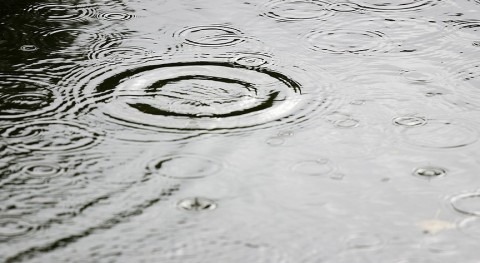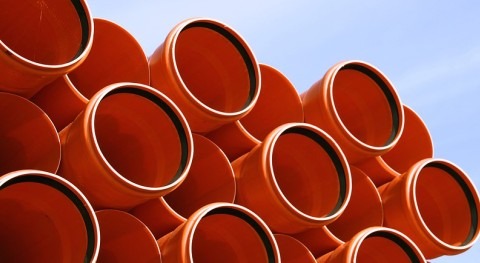In the last 12 months, utility company Thames Water has succeeded in generating nearly 140 million cubic metres of renewable energy from sewage – which would have been enough to cook 112 million Christmas turkeys!
This biogas was converted into over 300m KWh of electricity, which is sufficient to power 140 million metres of Christmas lights, enough to circle the earth four times.
Biogas itself is created by feeding sludge, produced as a by-product of the sewage treatment process, into an anaerobic digester tank. The energy created can be used to power sewage treatment works, removing the need for fossil fuels while protecting the environment.
Thames Water’s Crossness sewage works in Greenwich was the biggest producer of renewable energy over the course of the last year, producing over 18.5 million cubic metres, while Twickenham’s Mogden sewage works produced around 18 million and Beckton in Newham 12 million cubic metres.
In 2021, the utility company announced its commitment to the future of energy transition, transforming how it creates and uses power, with the aim being to be net carbon zero by 2030 – and renewable energy generation from waste forms an important part of this strategy.
Matt Gee, energy and carbon strategy and reporting manager, said: “Creating our own clean, green energy is an important part of our sewage treatment process and we’re generating more and more each year.
“Doing this allows us to power our sites with renewable and eco-friendly fuels, and as we continue to generate more, we want to export it to be used in our local communities.
“This is just a part of our long-term plan to be net carbon zero by 2030, which is a key part of our company-wide turnaround plan to ensure we perform in the way that our customers, communities and the environment expect from us.”
To help Thames Water – and the wider water industry – achieve its goals, the company recently partnered with the University of Surrey to perfect the art of turning sewage into green power at peak times.
Most of the power in Britain is used between 16:00 and 19:00, when energy-hungry appliances like kettles, dishwashers and ovens are turned on. Electricity prices climb in line with this increase in demand, particularly during autumn and winter.
The four-year project between Thames Water and the university focused on boosting the production of biogas from sewage, so that enough green electricity is created to power its sewage treatment sites during this daily peak period, freeing more up for others to use while reducing the company’s own energy bills.
If this process was introduced industry-wide, it would help to make the nation’s electricity supply cleaner, greener and more resilient when customers require it the most, as well as making the sector more resilient to energy price rises.








